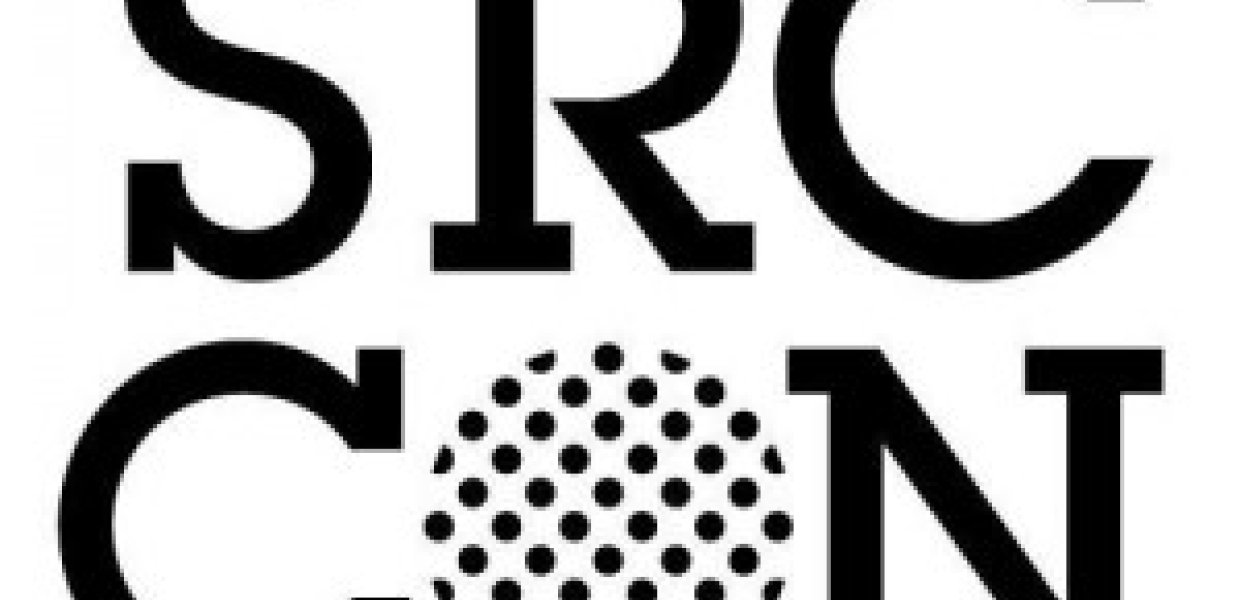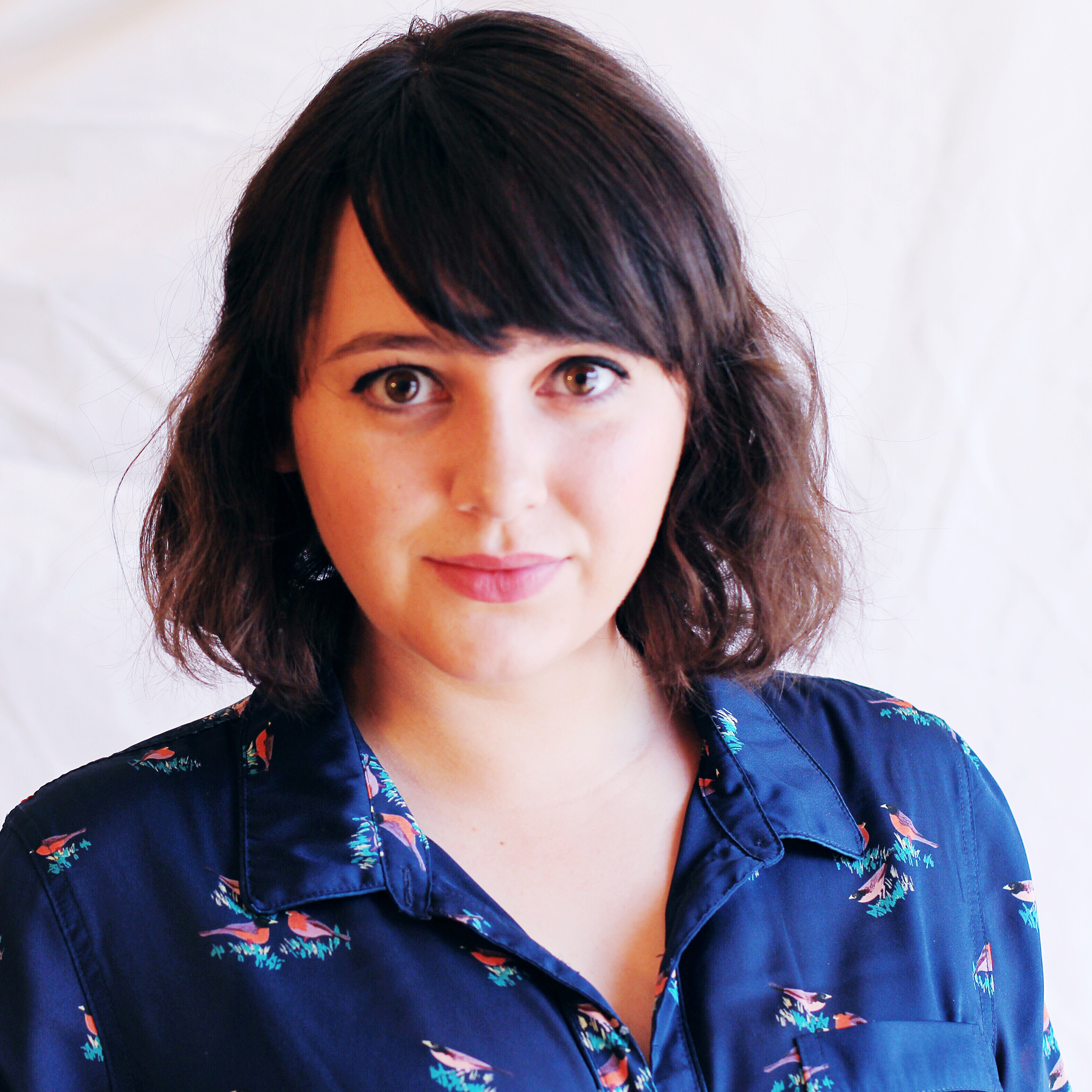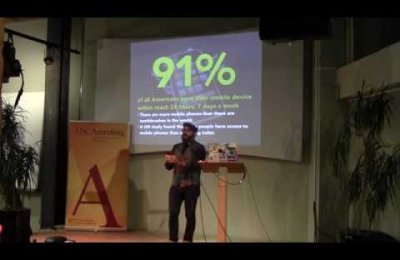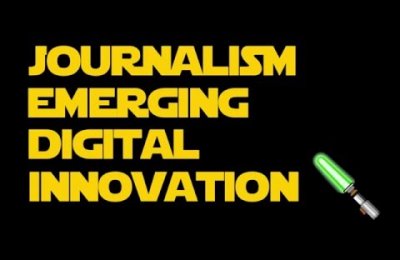The who’s who of digital journalism — including two USC Annenberg faculty — gathered in Philadelphia to discuss the “new” newsroom, and what that does (and should) encompass. Professor Robert Hernandez, who gained national attention for his new Google Glass journalism course, and new faculty member Peggy Bustamante attended the first annual SourceCon (SRCCON) in the City of Brotherly Love this July. The conference was organized more as a series of open discussions regarding a specific topic, rather than focusing on solving problems. Specifically for “developers, interactive designers, and other people who love to code in and near newsrooms,” the conference was two days of conversation and collaboration. “There weren’t any answers given, it was just a fluid discussion,” Bustamante said. Given the new curriculum developments at USC Annenberg, which include more journalism coursework in data and digital, both Hernandez and Bustamante hope more students and faculty are able to attend next year’s SRCCON and its parent conference NICAR — National Institute for Computer-Assisted Reporting. “[There’s] a new required course for our graduate curriculum, which is a data journalism course,” Hernandez said. “It's not an elective, it's a required course that all our students, all our new M.S. students, need to take. That was one of the reasons why we wanted to go: to get an idea of what was out there and ... build the syllabus for that course.” Representing USC Annenberg, and journalism and communications schools in general, the two professors advocated for greater diversity in newsrooms and stronger collaboration between mediums. “There was a session on diversity in the news nerd area of the journalism world; which is an issue close to my heart,” Bustamante said. “Journalism has a diversity problem. Technology has a diversity problem. And then you put them together and you have a really bad problem.” Though much of SRCCON’s attendees hailed from Brooklyn, a number of influential media organizations — from the New York Times to NPR — were in attendance, Hernandez noted. Beyond vocalizing their concerns about diversity in the journalism and technology worlds, Bustamante said there were a number of conversations about the newsroom itself. Apps have become ever more common with the growth of smart phones and tablets as primary technologies for news consumption. Hernandez even jokingly tweeted about the integration of apps into news gathering and reporting.
Professor Robert Hernandez, who gained national attention for his new Google Glass journalism course, and new faculty member Peggy Bustamante attended the first annual SourceCon (SRCCON) in the City of Brotherly Love this July. The conference was organized more as a series of open discussions regarding a specific topic, rather than focusing on solving problems. Specifically for “developers, interactive designers, and other people who love to code in and near newsrooms,” the conference was two days of conversation and collaboration. “There weren’t any answers given, it was just a fluid discussion,” Bustamante said. Given the new curriculum developments at USC Annenberg, which include more journalism coursework in data and digital, both Hernandez and Bustamante hope more students and faculty are able to attend next year’s SRCCON and its parent conference NICAR — National Institute for Computer-Assisted Reporting. “[There’s] a new required course for our graduate curriculum, which is a data journalism course,” Hernandez said. “It's not an elective, it's a required course that all our students, all our new M.S. students, need to take. That was one of the reasons why we wanted to go: to get an idea of what was out there and ... build the syllabus for that course.” Representing USC Annenberg, and journalism and communications schools in general, the two professors advocated for greater diversity in newsrooms and stronger collaboration between mediums. “There was a session on diversity in the news nerd area of the journalism world; which is an issue close to my heart,” Bustamante said. “Journalism has a diversity problem. Technology has a diversity problem. And then you put them together and you have a really bad problem.” Though much of SRCCON’s attendees hailed from Brooklyn, a number of influential media organizations — from the New York Times to NPR — were in attendance, Hernandez noted. Beyond vocalizing their concerns about diversity in the journalism and technology worlds, Bustamante said there were a number of conversations about the newsroom itself. Apps have become ever more common with the growth of smart phones and tablets as primary technologies for news consumption. Hernandez even jokingly tweeted about the integration of apps into news gathering and reporting.
Grindr. Tinder. Eldr. We just saved journalism, people. #SRCCON
— Robert Hernandez (@webjournalist) July 24, 2014
It seems unlikely that Tinder is the answer. That said, there were many serious discussions and exercises on the organization of the digital newsroom: who is present, what is their role, etc. Given USC Annenberg’s new, digitally-focused Wallis Annenberg Hall, Bustamante thought of the converged media center and learning labs. “There were discussions about how to redesign a new newsroom, how to take an old school newsroom into the new digital age,” Bustamante said. “Which I think is particularly important because we are opening that new media center which is a full on step into merging all of the different media and moving into a digital area.”








